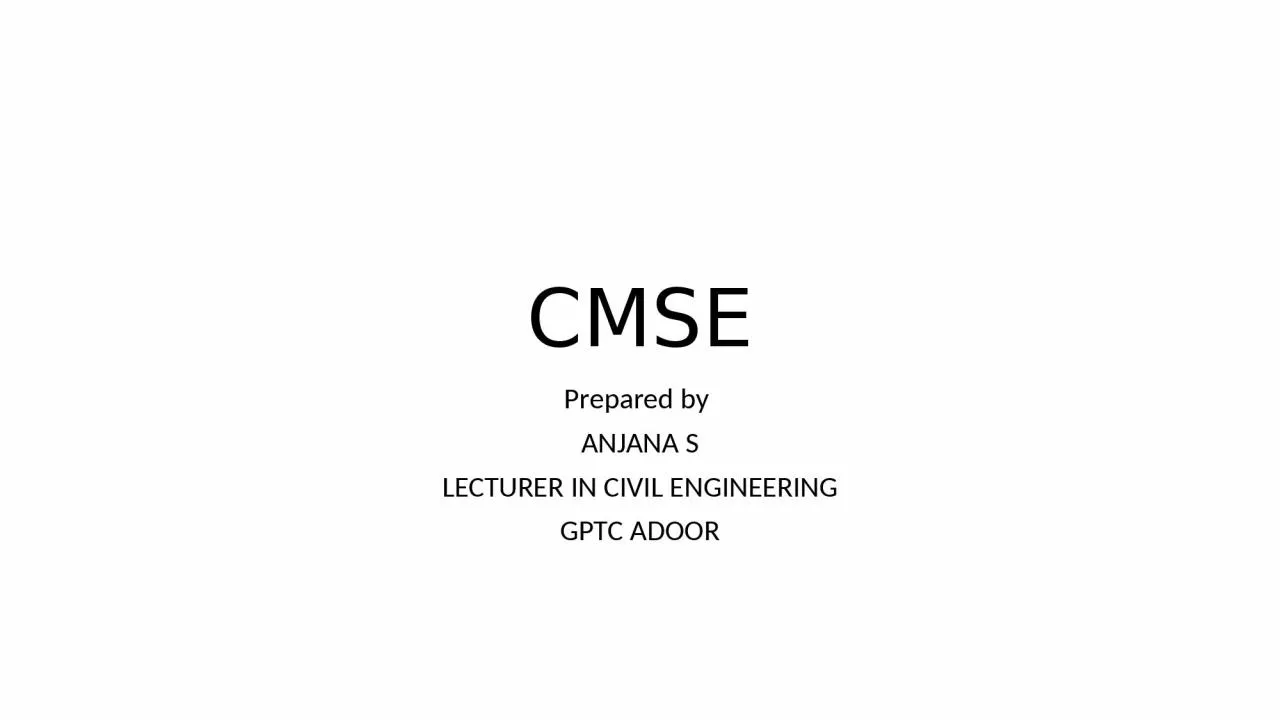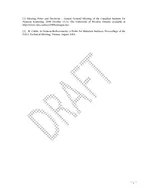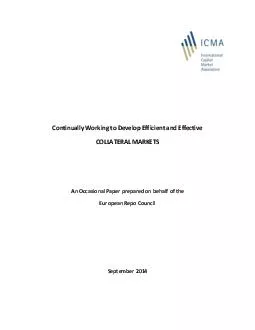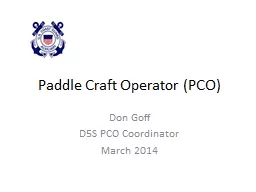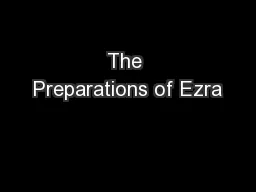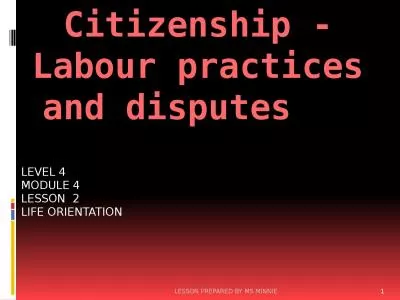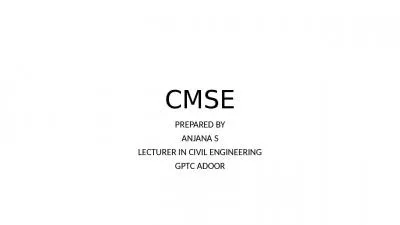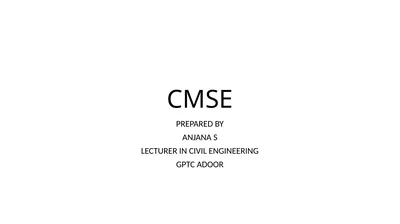PPT-CMSE Prepared by ANJANA S
Author : elena | Published Date : 2023-11-07
LECTURER IN CIVIL ENGINEERING GPTC ADOOR Negotiated rates In case no tender is coming forward or the rates quoted are also abnormally high it becomes difficult
Presentation Embed Code
Download Presentation
Download Presentation The PPT/PDF document "CMSE Prepared by ANJANA S" is the property of its rightful owner. Permission is granted to download and print the materials on this website for personal, non-commercial use only, and to display it on your personal computer provided you do not modify the materials and that you retain all copyright notices contained in the materials. By downloading content from our website, you accept the terms of this agreement.
CMSE Prepared by ANJANA S: Transcript
Download Rules Of Document
"CMSE Prepared by ANJANA S"The content belongs to its owner. You may download and print it for personal use, without modification, and keep all copyright notices. By downloading, you agree to these terms.
Related Documents

